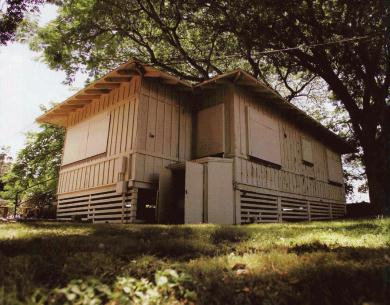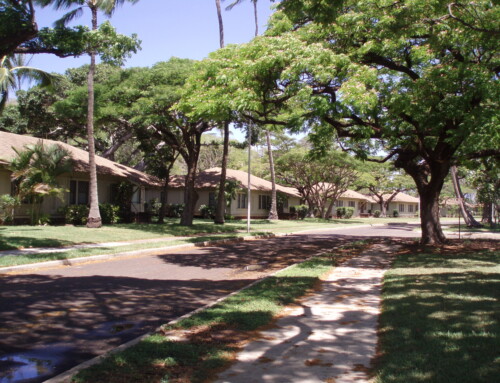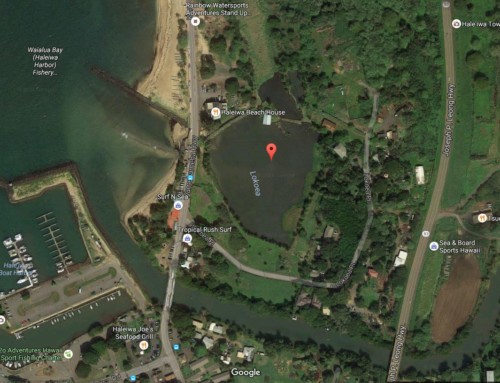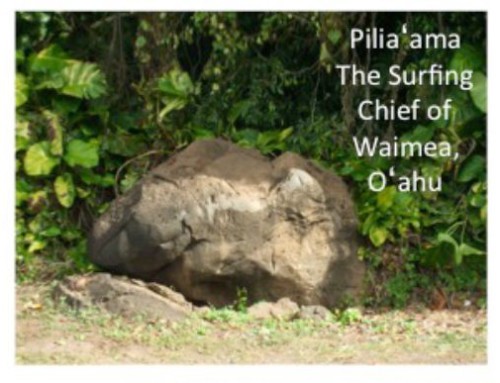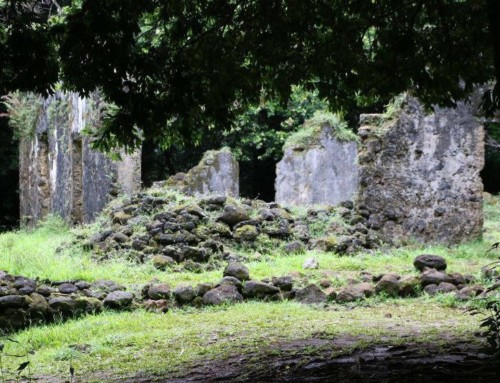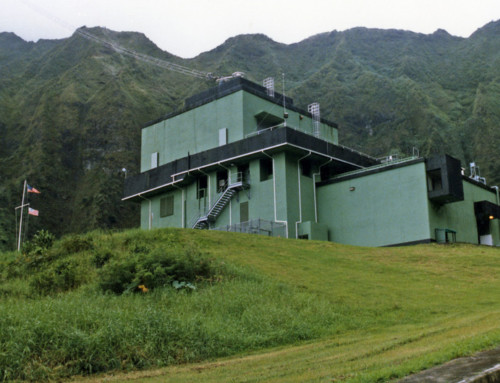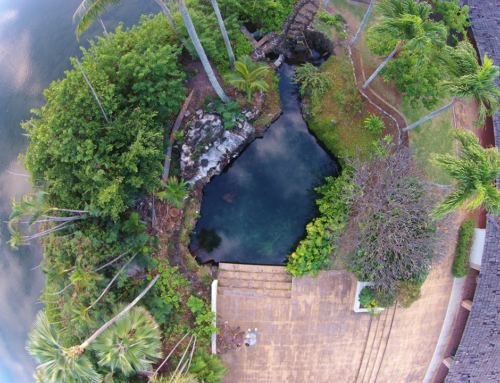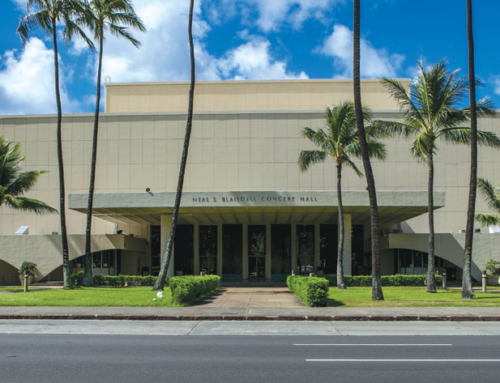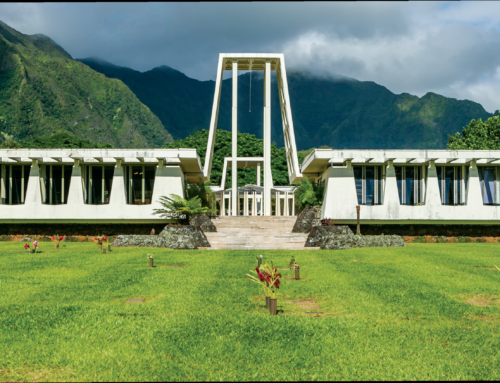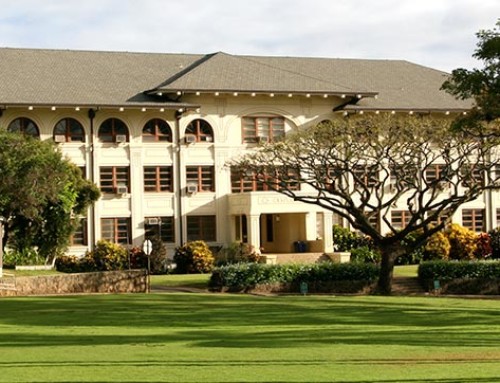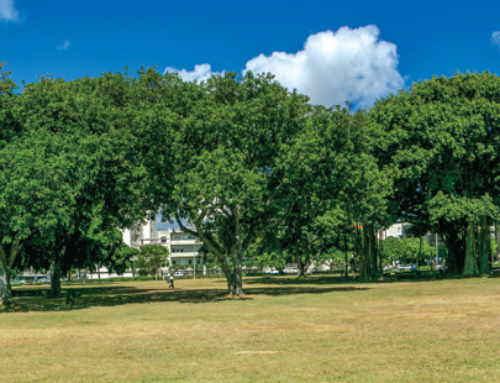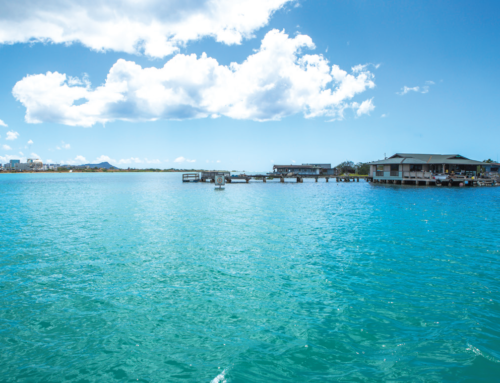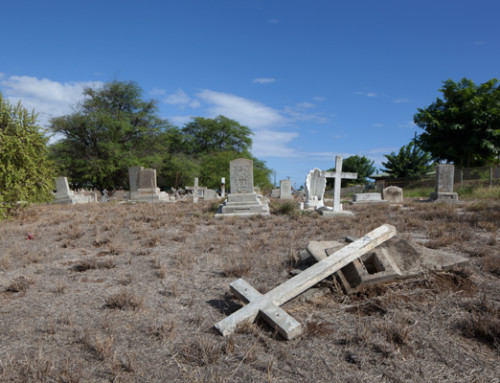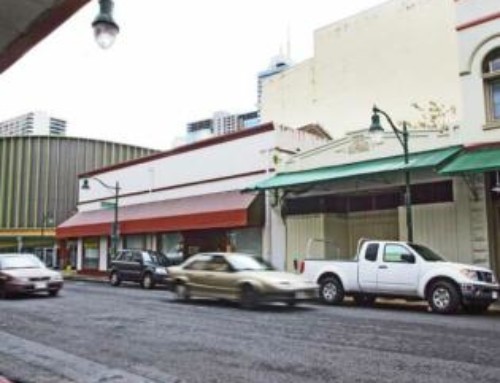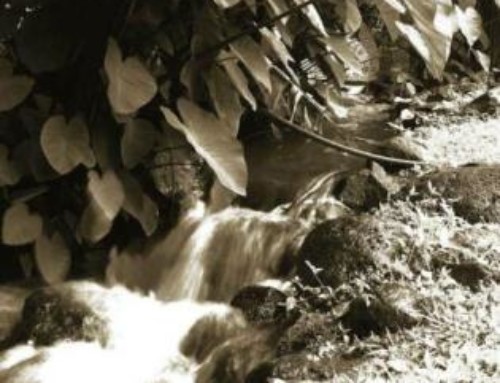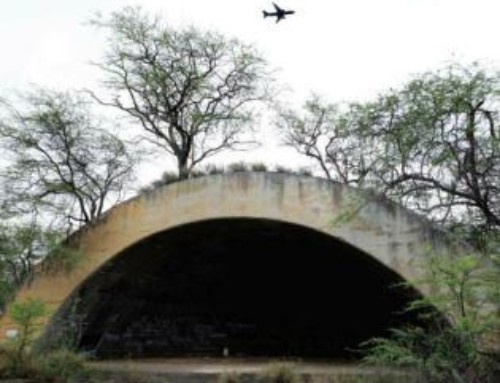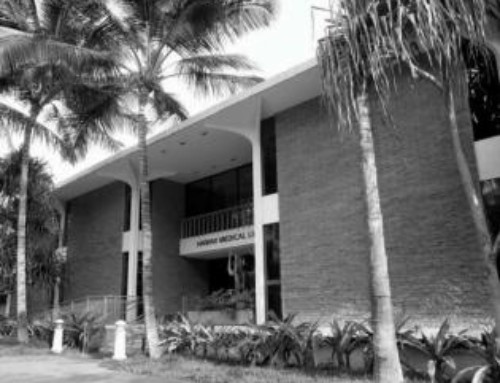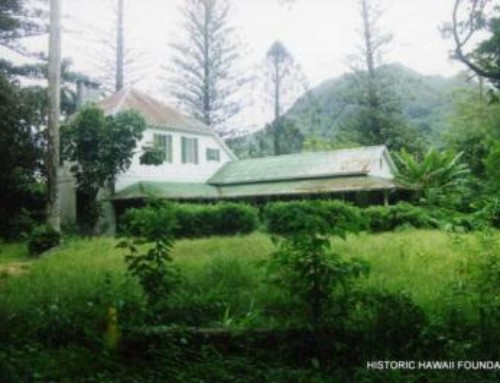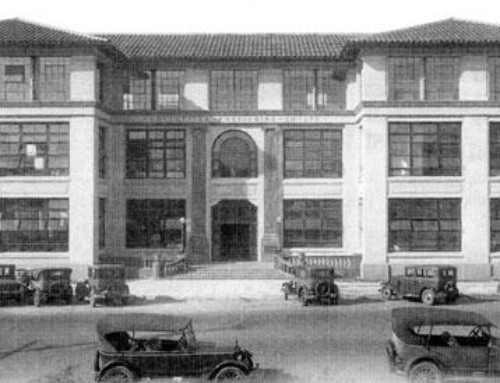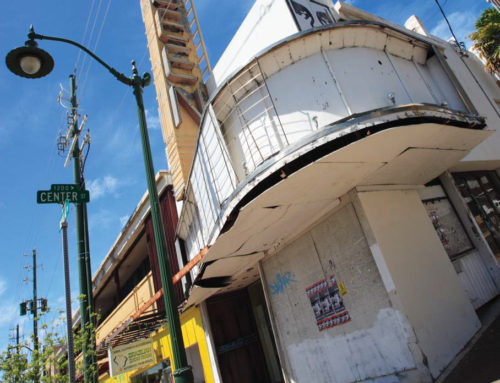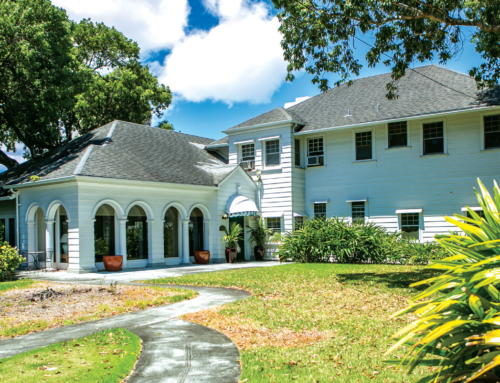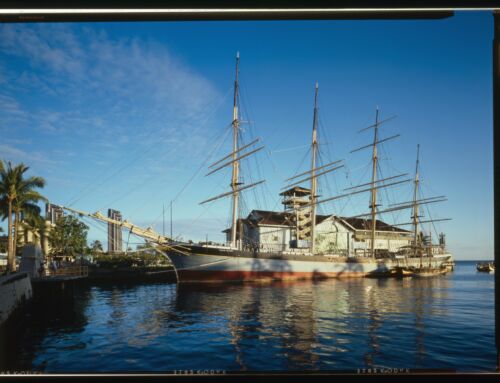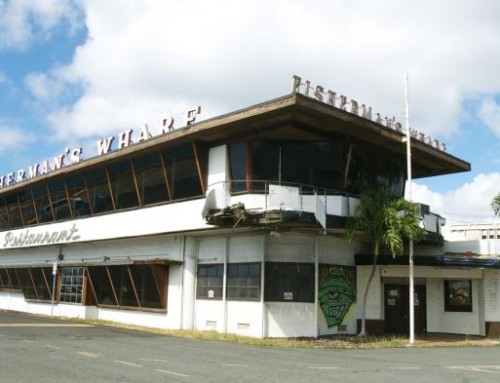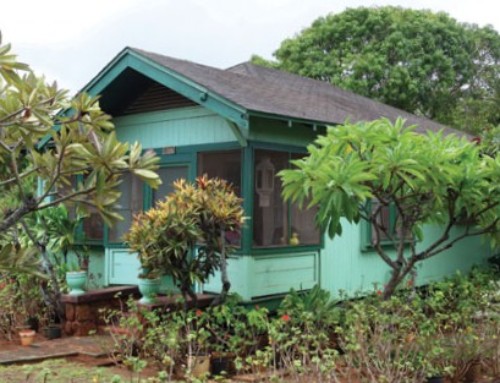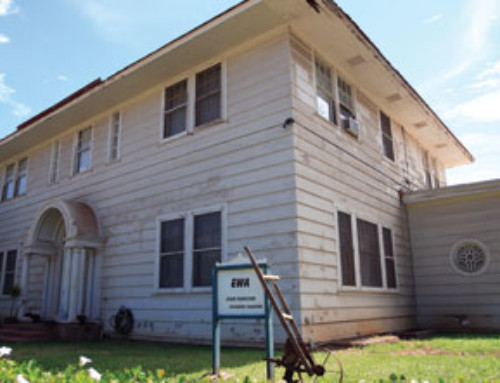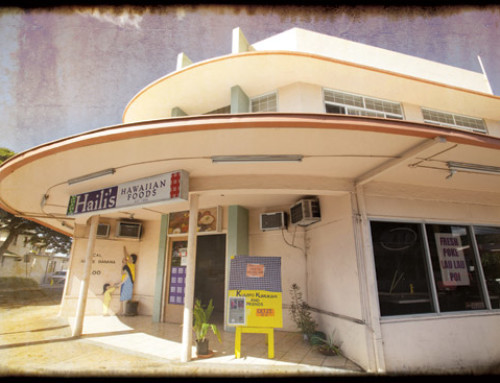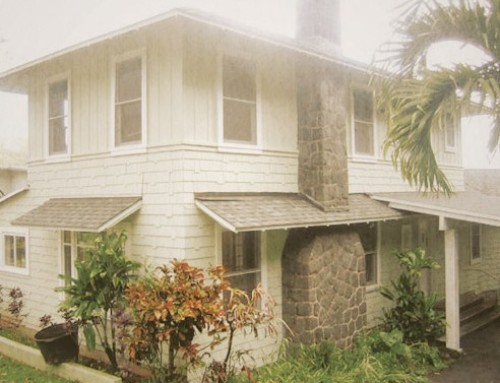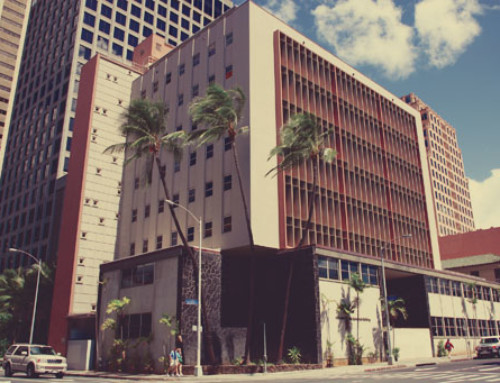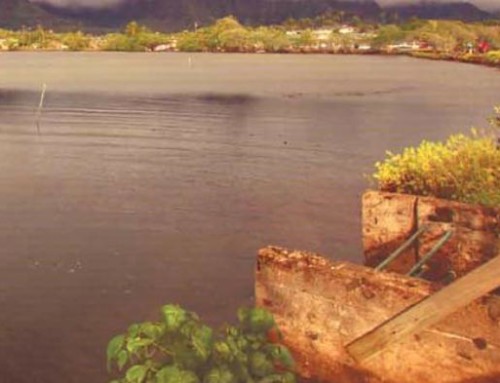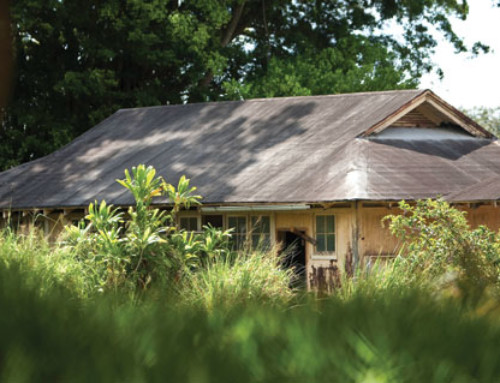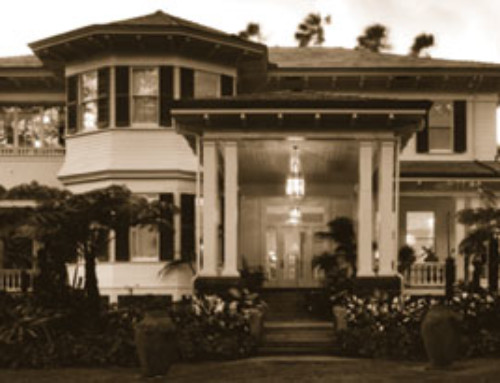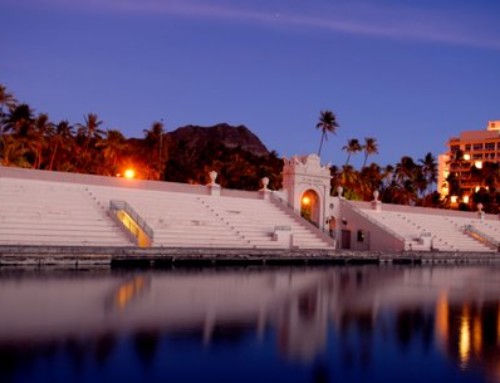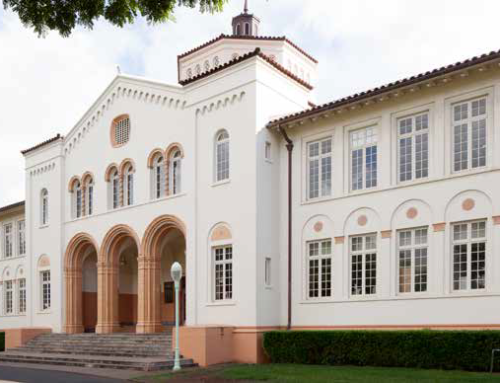Photos: Courtesy of Rae Huo
UPDATE: 2016
Article Written By: Katrina Valcourt, HONOLULU Magazine
In 2008, the six Chief Petty Officer bungalows previously deemed endangered were included in the newly established World War II Valor in the Pacific National Monument. All six were meant to be restored after an environmental assessment in 2012 called them “unique examples of historic Navy housing in Hawai‘i” and laid out plans for rehabilitating them into visitor areas and office space. However, earlier this year, it was discovered that a contractor hired by the National Park Service demolished one of the homes. “We deeply regret the damage done to the bungalow and have already begun working on implementing report recommendations, including scheduling cultural resource compliance training for staff,” said the monument’s superintendent, Jacqueline Ashwell, in an email. The cottage has since been replaced with a similar building.
UPDATE: 2011
Stabilization work is complete, and long-term planning is taking place. Read more Background on Ford Island.
LISTED AS ENDANGERED IN 2005
Article Written By: A. Kam Napier, HONOLULU Magazine
What are they?
These six single-wall bungalows on the edge of Ford Island were right alongside Battleship Row when the Japanese attacked Pearl Harbor in 1941. The nearby explosions singed the houses, and sailors swimming away from their sinking ships came ashore on Ford Island and took refuge here. On a less dramatic note, the Navy built the bungalows in 1923 as quarters for junior aviation officers as Ford Island developed into a naval air station. Closely related to plantation housing of the same era, such military quarters are unique to Hawaii. They were last used as chief petty officers’ quarters.
What threatens them?
The bungalows have been unused for about 15 years and could be demolished. “We currently don’t have any Navy mission use for the vacant cottages, which have been secured in the interest of public safety,” says Lt. Barbara Mertz, public affairs officers, Navy Region Hawaii.
What can be done?
Someone will need to adopt these bungalows to save them. Nearly all of the Pearl Harbor naval complex has been designated a national historic landmark, notes Mertz, including more than 1,400 historic structures, many of which the Navy has been unable to adaptively reuse. “We take the preservation of Pearl Harbor’s cultural and historical resources very seriously,” says Mertz, “as such, we continue to seek potential users who might be able to refurbish and reuse the bungalows. We’ll continue to seek potential users until all options have been exhausted.”


